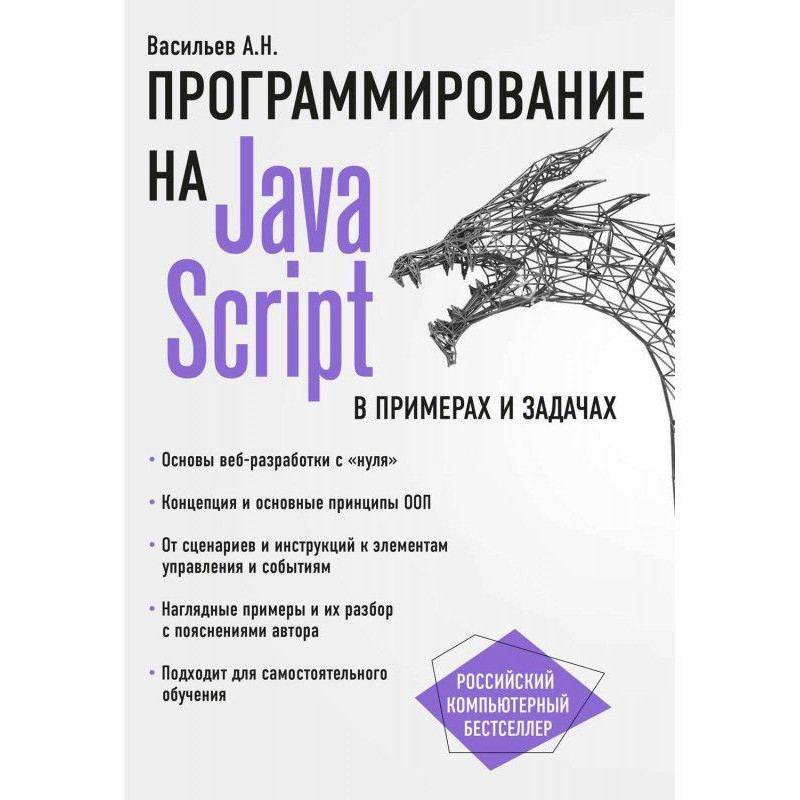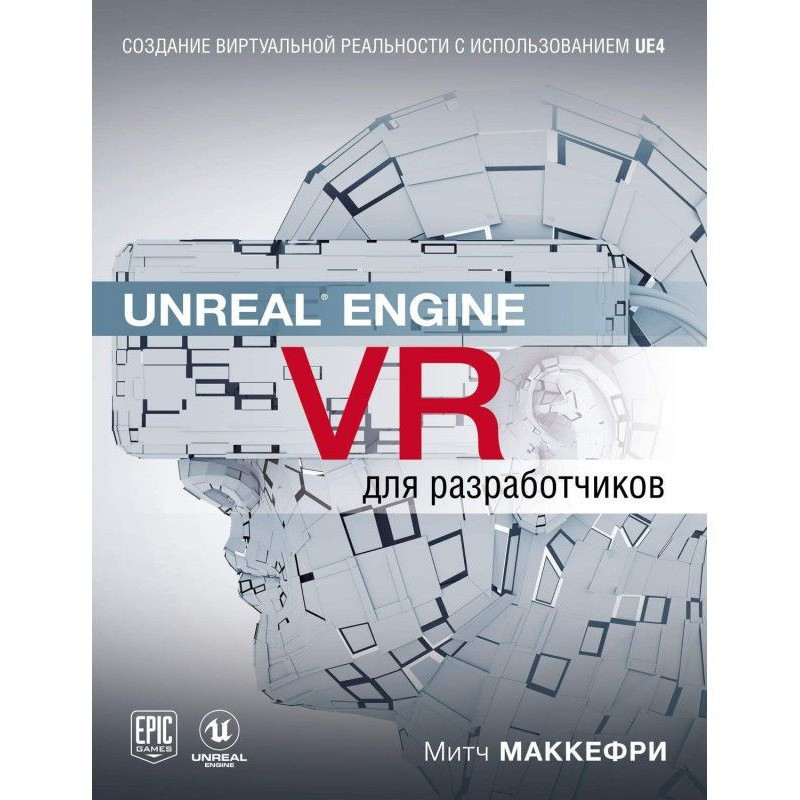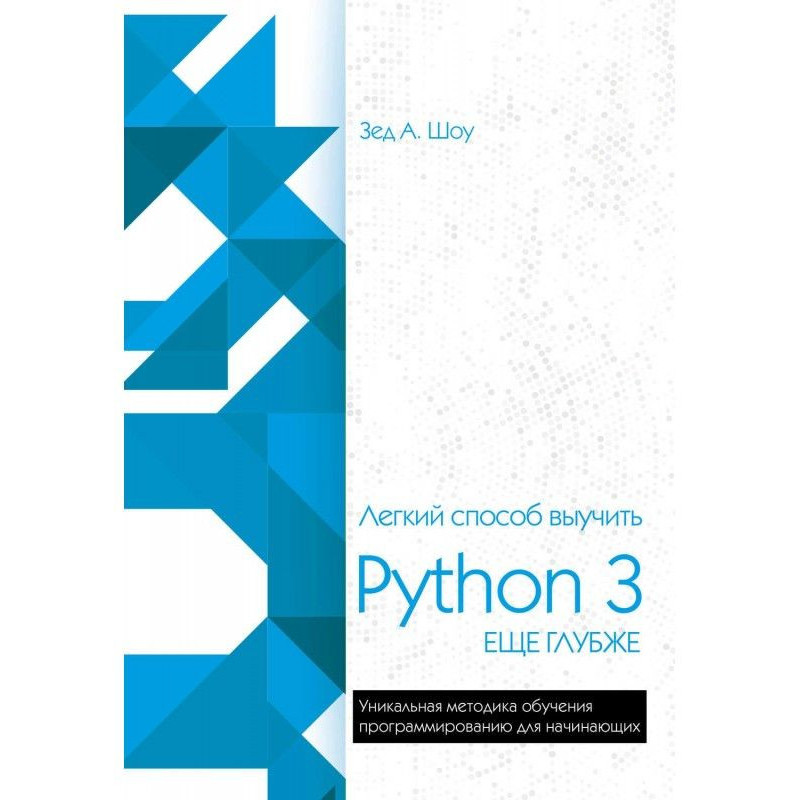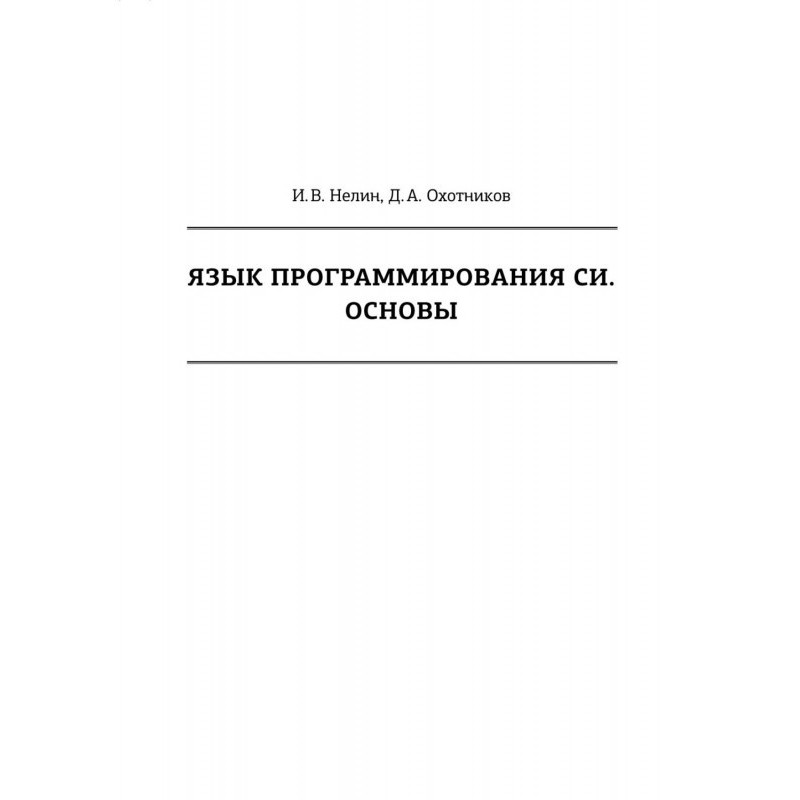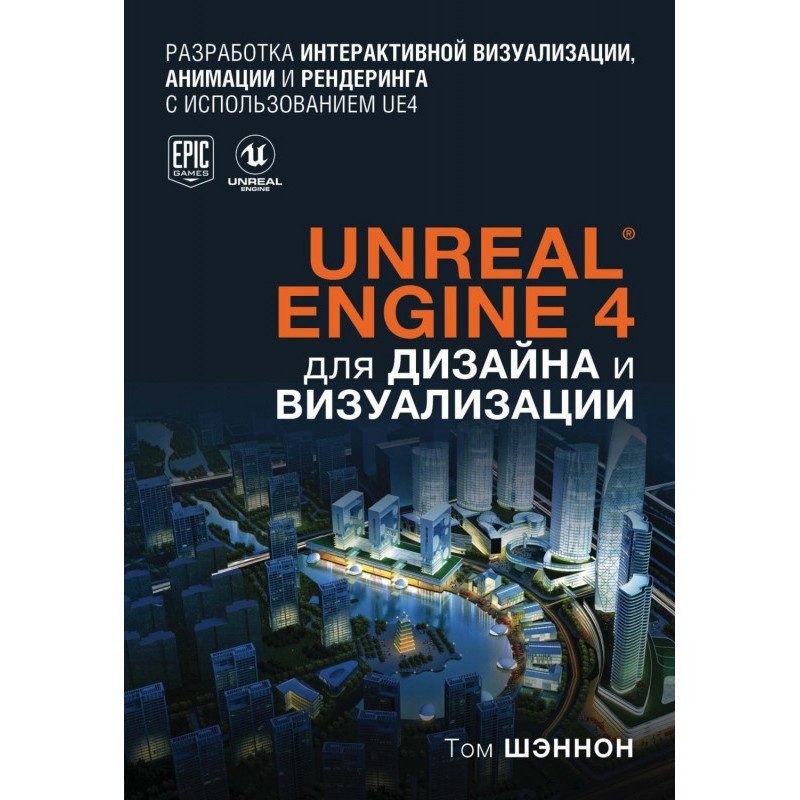Think Data Structures
 Instant download
Instant download
after payment (24/7)
 Wide range of formats
Wide range of formats
(for all gadgets)
 Full book
Full book
(including for Apple and Android)
Data structures and algorithms are among the most important inventions of the last 50 years, and they are fundamental tools software engineers need to know. But in my opinion, most of the books on these topics are too theoretical, too big, and too “bot‐ tom up”:Too theoretical Mathematical analysis of algorithms is based on simplifying assumptions that limit its usefulness in practice. Many presentations of this topic gloss over the simplifications and focus on the math. In this book I present the most practical subset of this material and omit or de-emphasize the rest.Too big Most books on these topics are at least 500 pages, and some are more than 1,000.By focusing on the topics I think are most useful for software engineers, I kept this book under 150 pages.Too “bottom up” Many data structures books focus on how data structures work (the implementa‐ tions), with less about how to use them (the interfaces). In this book, I go “top down”, starting with the interfaces. Readers learn to use the structures in the Java Collections Framework before getting into the details of how they work.Finally, some books present this material out of context and without motivation: it’s just one damn data structure after another! I try to liven it up by organizing the top‐ ics around an application—web search—that uses data structures extensively, and is an interesting and important topic in its own right.This application motivates some topics that are not usually covered in an introduc‐ tory data structures class, including persistent data structures with Redis.I have made difficult decisions about what to leave out, but I have made some com‐ promises. I include a few topics that most readers will never use, but that they might be expected to know, possibly in a technical interview. For these topics, I present both the conventional wisdom as well as my reasons to be skeptical.This book also presents basic aspects of software engineering practice, including ver‐ sion control and unit testing. Most chapters include an exercise that allows readers to apply what they have learned. Each exercise provides automated tests that check the solution. And for most exercises, I present my solution at the beginning of the next chapter.
Data sheet
- Language
- English
Reviews
Відмінний ресурс для розробників програмного забезпечення!
Ця книга "Подумайте про структури даних" стала для мене справжнім відкриттям у світі програмування. Автор вдало поєднує теорію з практикою, що робить матеріал доступним і зрозумілим. Я завжди вважав, що книги на тему структур даних занадто заплутані та теоретичні, але ця книга зламала цей стереотип. Вона зосереджена на практичному використанні структур даних у реальних проектах, зокрема через Java Collections Framework. Мені сподобалося, що автор починає з інтерфейсів, що дозволяє швидше зрозуміти, як використовувати ці структури, перш ніж заглиблюватися в деталі їх реалізації. Також я оцінив, що книга містить вправи з автоматичними тестами, які допомагають закріпити знання. Це дійсно корисний ресурс для тих, хто прагне покращити свої навички в програмуванні та зрозуміти, як структури даних впливають на продуктивність програм. Рекомендую всім, хто хоче стати кращим розробником!


